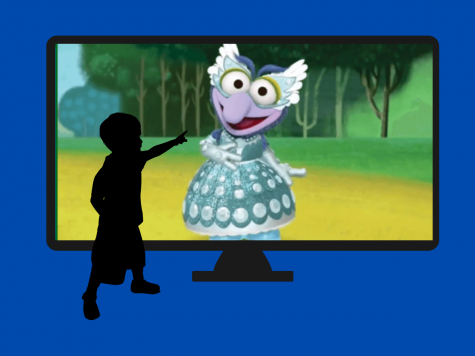False perception of cultural acceptance hinders culinary experimentation
For centuries, the United States has been importing all sorts of cultures though countless waves of immigration since the founding of our country. Being a country of immigrants, it was only natural for our cuisine to reflect that of the cultures it borrowed from.
Classic dishes are mac n’ cheese from the British and Irish immigrants, spaghetti and meatballs from the Italian ones and hot dogs and hamburgers from German descent, however these are only a modicum of such culturally influenced foods.
Despite the rich heritage of our food, in the recent half century, American fare has suffered from a high sodium content, high cholesterol, high fat content and most detrimentally, an outrageous amount of sugar, as excess sugar leads to quicker fat build up and a higher chance of health related illnesses. It seems that when most people think of “American food” they often imagine our greasy cheeseburgers, salty french fries and that oh-so-refreshing glass of beyond sugary Coca-Cola among a country of picky eaters.
“There are other types of food from other countries most people don’t know about because they’re set on their own diet,” sophomore member of the Multicultural Club Shruthi Bodipudi said.
To make matters worse, we indoctrinate our youth into believing this type of culinary behavior is conventional by training them on restaurant french fries and chicken fingers until they are too old for their kids’ menus and are forced to order something with value. As Americans, we should be encouraging our youth to try new and unexplored cuisines in order to expand their ever changing palettes.
“The United States is very reserved in terms of the flavors we use in our food,” junior multicultural club member Gabbi Stoycheva said. “Exploring other food would help us branch out.”
The world is a large place with a large selection of cultures and peoples to appreciate. Despite often considering our country to be open to new experiences and cultures, in reality, we often tend to decline them in favor of staying true to what we’re accustomed to.
According to chef Dan Barber, in a TED Talk titled “How I fell in love with a fish”, “The ‘melting pot’ in American cuisine is a myth, not terribly unlike the idea of a melting pot of American culture.” In order to truly begin eating foods from other cultures, we must first accept that our conventional cuisine no longer stays true to its multicultural label.
“Part of it is that having an open mind means having an open palette,” Spanish teacher Sarah Manos said. “There are some times where you just have to embrace the experience.”
A large part of America’s problem with new food tends to be our particularities to only a small variety of food that we are used to. Many people would agree that they don’t want to try foods from other cultures because they “don’t like them” or “don’t think it looks good”, however, this type of ignorant assumption could actually lead to complicated tendencies further down the line.
According to an article published in January of 2016 on HuffPost by Thom Nickels titled “Picky Americans and their Food Issues”, more than 900 children between the ages of two and six were interviewed regarding their eating habits. The kids were “followed for two years and researchers found that the kids who were the pickiest eaters were more than
twice as likely to develop serious mental depression than the kids who were normal eaters”. It makes sense that this be the case as being picky with food may indicate being picky with other matters, resulting in more frustrated reactions and rash behavior. The best we can do for our kids is to introduce them to a variety of foods at a young age.
“Food is the core of a lot of cultures. You can learn what you like and don’t like,” Stoycheva said. “When it comes to food, variety is appreciated.”
Additionally, foreign cuisines can offer healthier eating habits than those of our own personal preferences. According to theculturetrip.com, cuisines centered in East Asia such as South Korean, Thai and Vietnamese, along with those from the Mediterranian region such as from Spain, Greece and Israel offer foods high in vitamins and minerals. Additionally, they contain less saturated fat, which is ideal for a healthy food plan when compared with meals from our own eating patterns.
“Unless [someone has] health or cultural restrictions, you should branch out and try new foods,” Bodipudi said. “Whatever you find you like, you should keep up with and continue to try more.”
While restrictions such as allergies and religious and cultural customs can impact trying new food, there are certainly more undiscovered and untasted dishes that fall within certain eating parameters that can permit any individual, no matter their restrictions, to try something new.
Overall, it’s important that we don’t discourage ourselves or others from trying new cuisines. The world is an ever-expanding menu with plenty to try for people of all beliefs and backgrounds. There’s no harm in exposing yourself to the unknown.
“I would say don’t knock it till you try it. Food is a really great way to learn about the world that we live in,” Manos said. “Also, don’t judge it if you don’t like it. It could be a big representation of the culture.”



